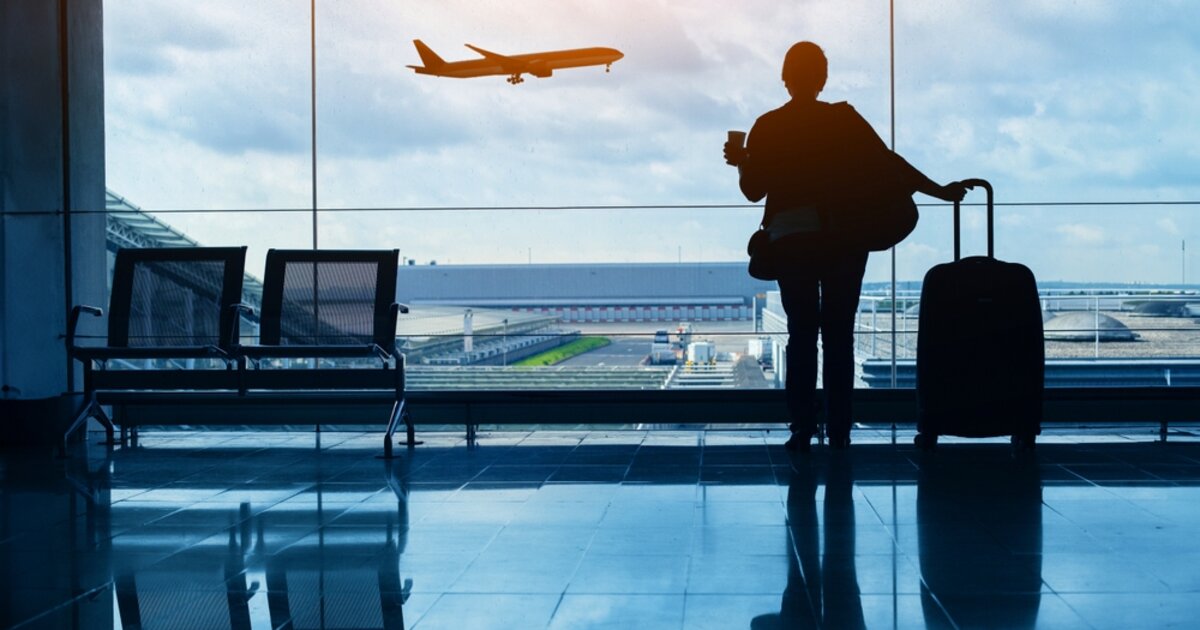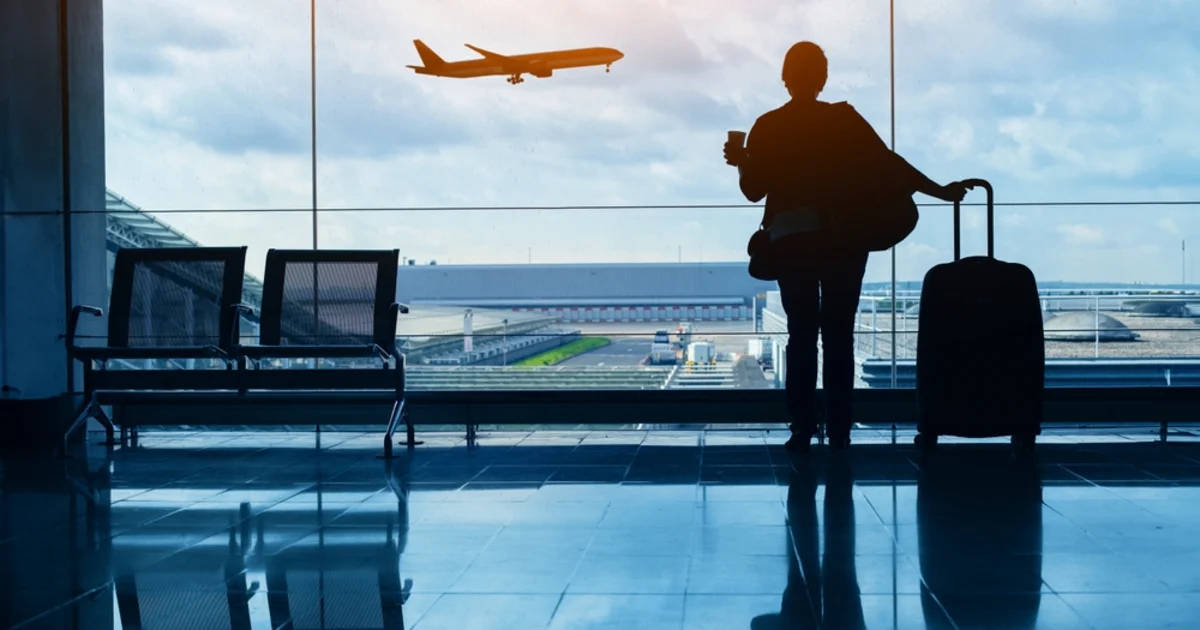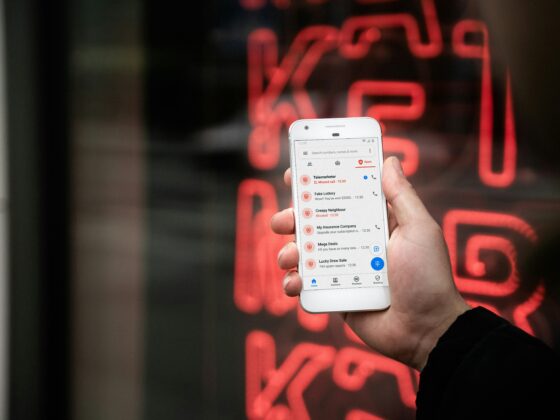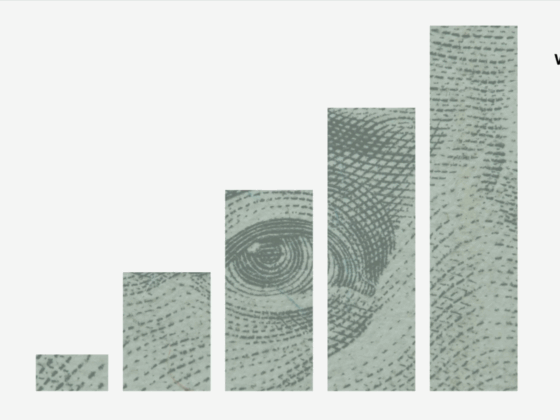
Airlines and online travel agencies (OTAs) are leaving billions on the table because of outdated payment strategies, according to a new global whitepaper released by Nuvei in partnership with Edgar, Dunn & Company (EDC).
The report, the Last Mile of Conversion: How Seamless Payments Drive Revenue from High-Intent Travelers, reveals just how costly payment friction has become.
Seventeen per cent of travellers surveyed reported card declines when booking online, putting $117 billions of 2025 airline revenues at risk. When payments fail, the impact is immediate.
Thirteen per cent of travellers switch to a competitor, while five per cent abandon the purchase entirely.
“Every decline, missing method, or point of unnecessary friction is an open invitation for a competitor to win that booking,” said Damien Cramer, SVP Global Travel at Nuvei.
“Airlines and OTAs that treat payments as a commercial strategy, not just a technical function, will be the ones that keep high-intent travelers loyal.”
The study canvassed more than 1,000 travellers across the US, UK, Brazil, Spain and Hong Kong.
Their responses highlight just how central payments have become to the booking experience:
- 92% of travellers say ease of payment is critical when booking travel.
- 13% of travelers switch to a competitor after a failed payment, and 5% abandon their purchase entirely.
- Nearly 60% will abandon a booking if their preferred payment method is not offered.
- Alternative Payment Methods are surging: 71% of Brazilian travellers prefer Pix, 29% in Hong Kong use AliPayHK, 23% in Spain choose Bizum, and PayPal still leads in the US and UK at over 40%.
- 92% of travelers want to see prices displayed in their own currency.
- 75% want split payment options, but only 22% of OTAs currently support them.
It turns out that payment friction doesn’t just frustrate consumers. It actively fuels competition.
“A poor payment experience does not just mean lost revenue; it can directly fuel competitors’ growth,” explains Peny Rizou, Chief Fintech Officer at Etraveli Group.
“When 13% of customers defect to competitors, that represents significant market share redistribution.”
“Speed and convenience are now the top priorities for travelers,” adds Masanori Miyajima, VP of Commercial Platform at JAL. “We believe our focus on mobile applications, Apple Pay, and frictionless checkout is essential to enhancing the customer experience.”
In Brazil, where Pix has set the standard for instant, seamless payments, expectations are sky-high. Almost one in five travelers abandon their booking altogether if a card is declined. In contrast, travelers in Hong Kong show more tolerance, with 88% willing to retry.
This means there is no one-size-fits-all solution. Payment strategy must be localised and orchestrated market by market.
For global providers, the answer lies in payment orchestration. By routing transactions intelligently across acquirers, enabling retries, and supporting local payment methods, orchestration can lift acceptance rates dramatically. That is not just a technical fix. It’s a growth strategy.
“When done well, this balance can lift acceptance by 5 to 10 percentage points,” says Peny Rizou. “For many, that’s the equivalent of meeting half or all of their annual growth targets.”









